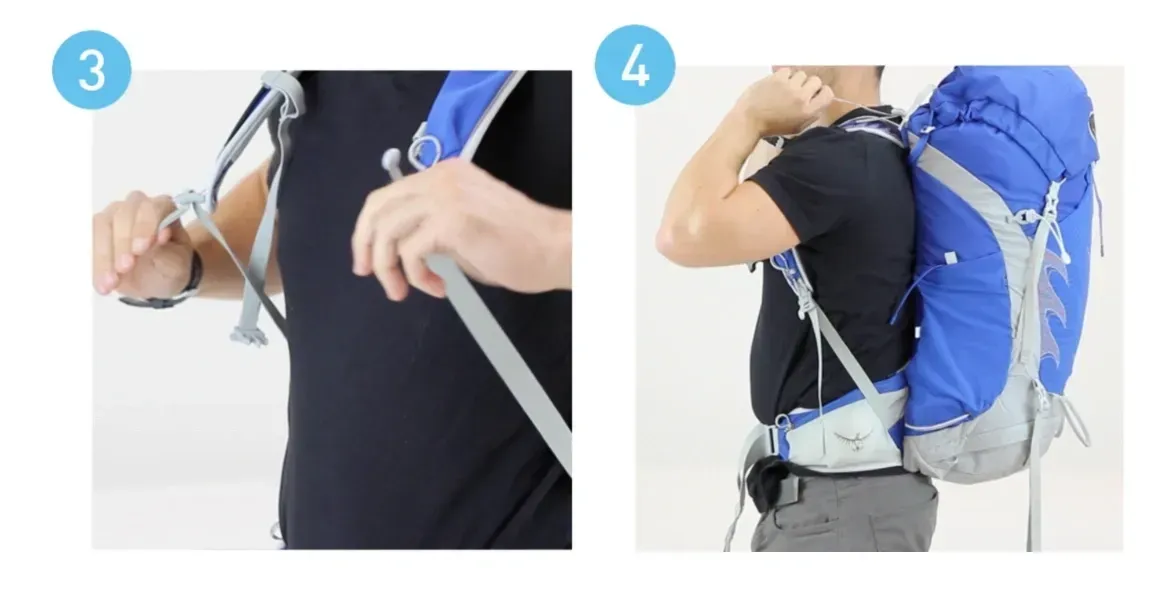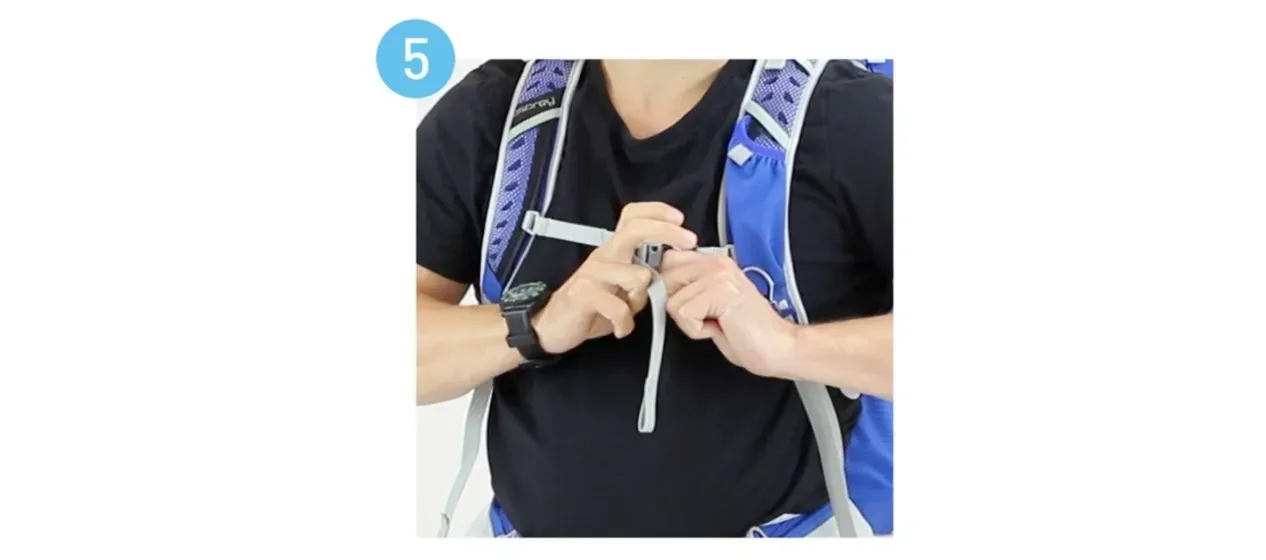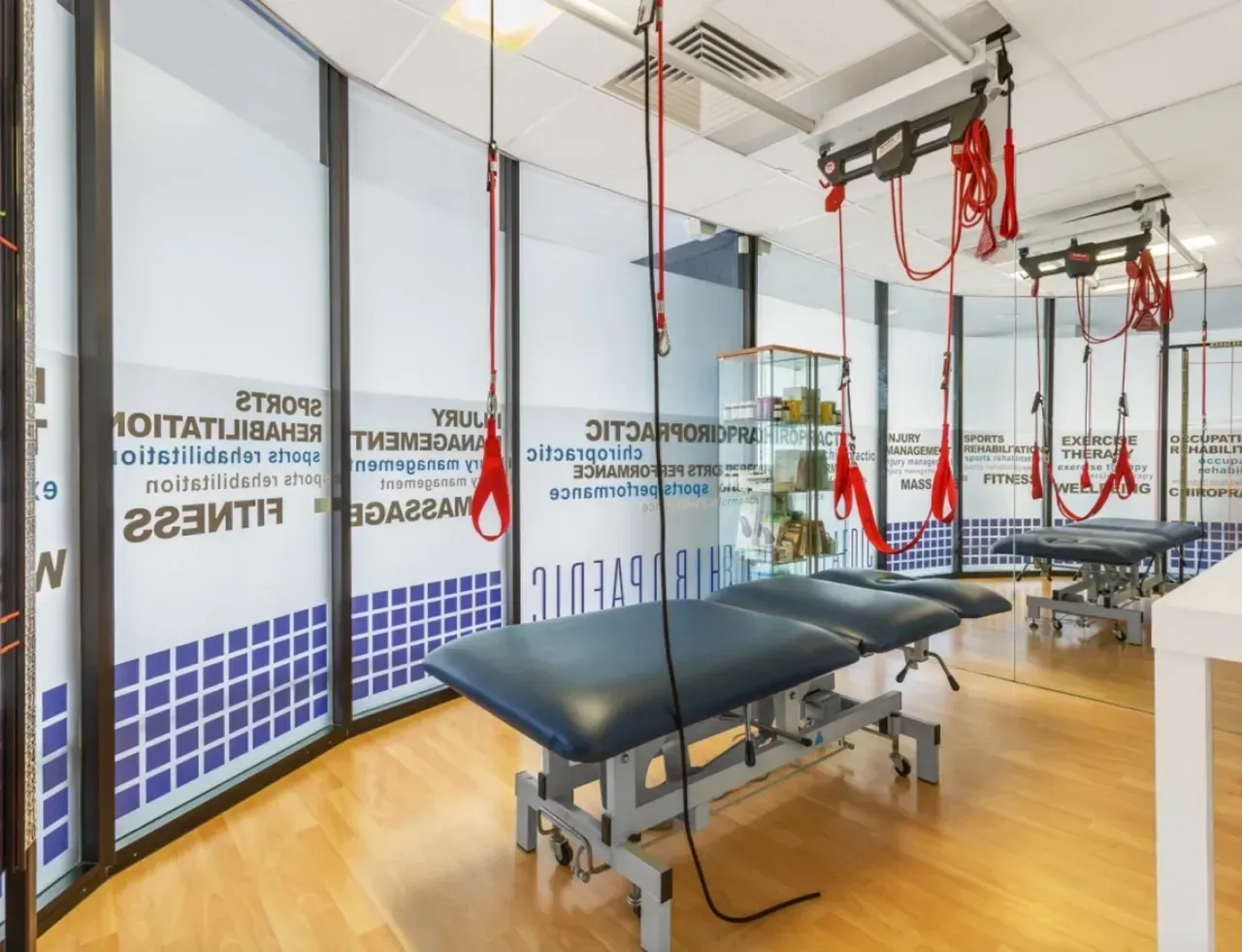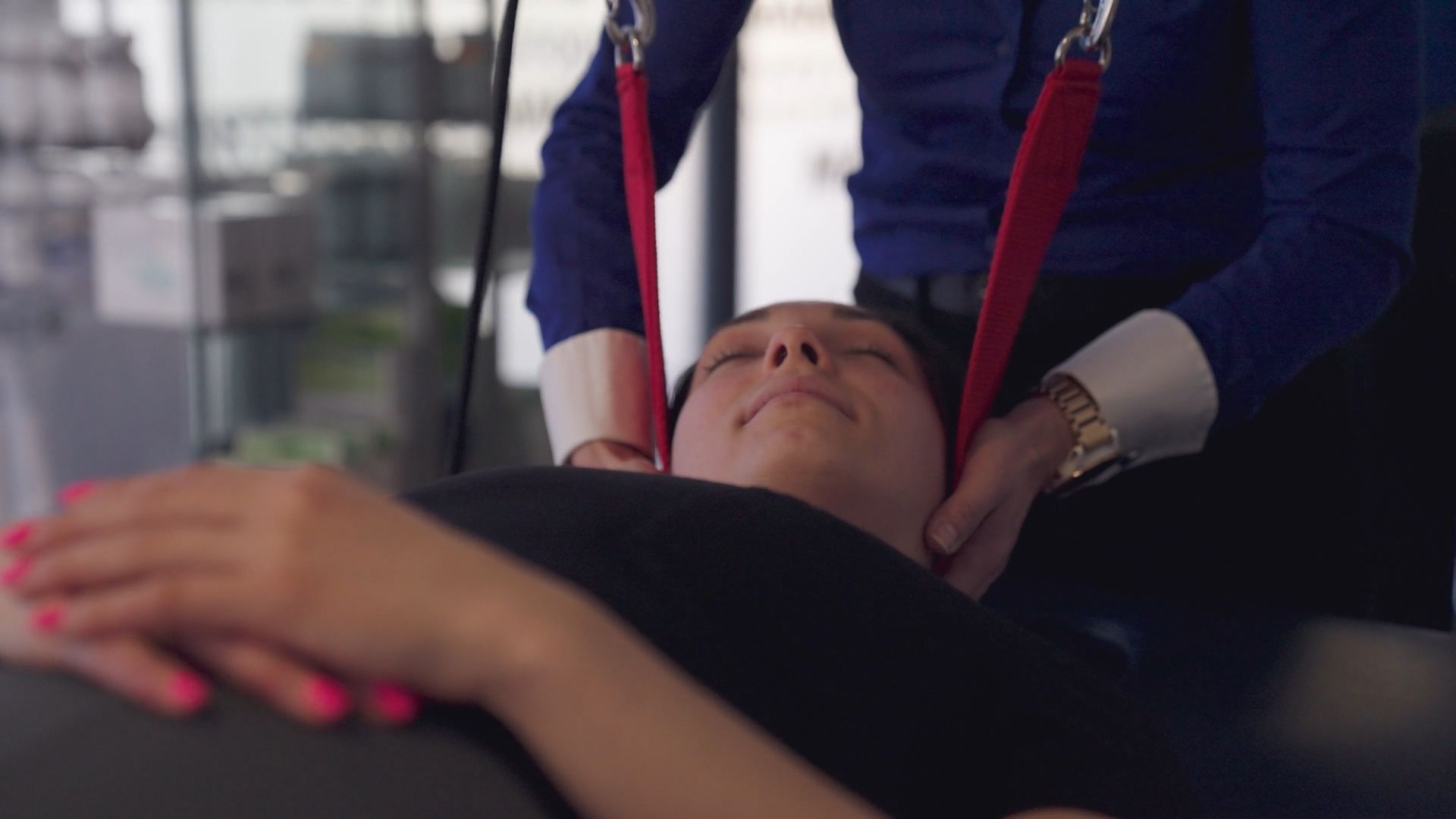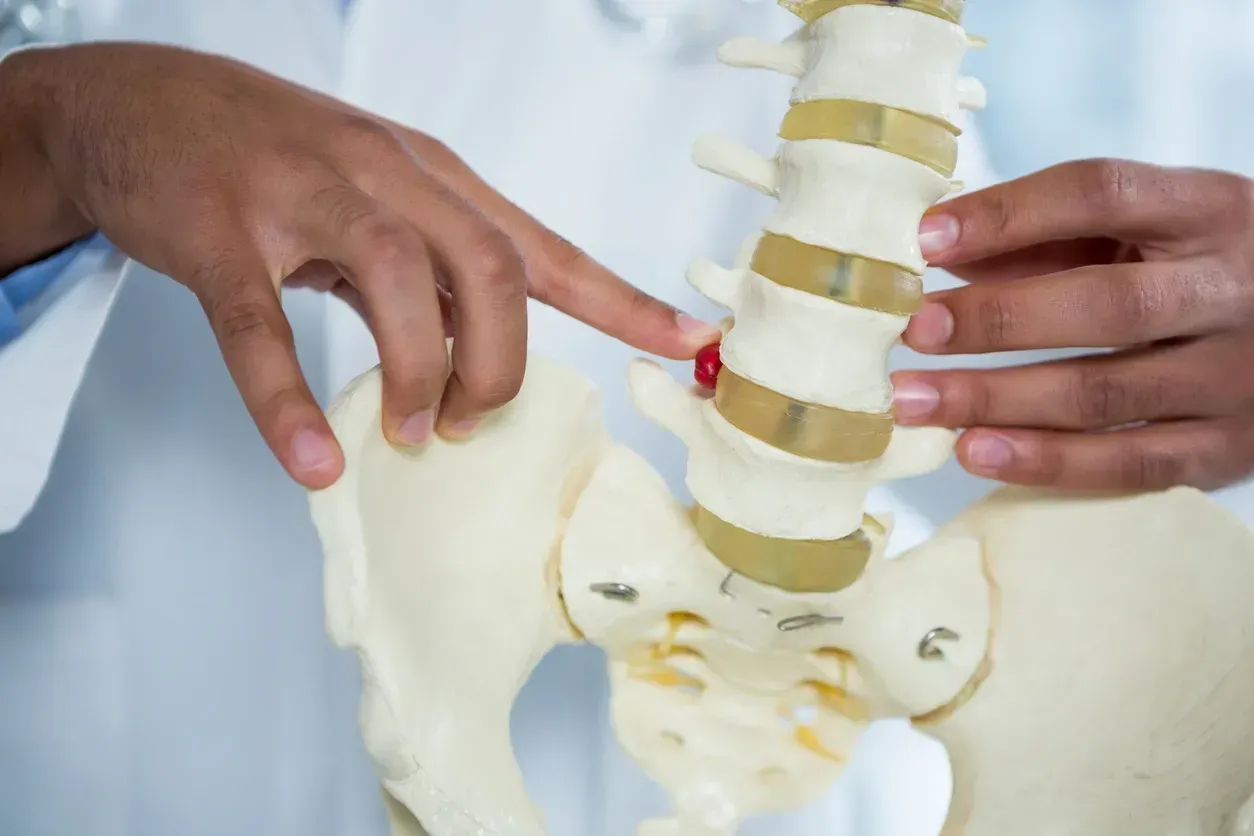Climbing High and Staying Safe: Chiropractic for Mountaineers
Mountaineering is a thrilling and adventurous sport that requires not just physical endurance, but also the proper gear and equipment. One of the most important pieces of equipment that every mountaineer must-have is a backpack. A backpack serves as a crucial storage space for essential items like food, water, shelter, and clothing. But, more importantly, a backpack also helps distribute weight evenly, reducing stress and strain on the spine and other joints.
However, wearing a mountaineering backpack incorrectly can have severe consequences, leading to injuries and discomfort. This is why it is crucial to understand the correct way to wear a backpack and how to adjust it to suit your individual needs. In this blog, we'll discuss the importance of wearing a mountaineering backpack correctly and how to avoid stress on the spine and other injuries.

Why is it Important to Wear a Mountaineering Backpack Correctly?
The spine and joints of the body are incredibly delicate and susceptible to injury, especially when subjected to repetitive stress and strain. When carrying a backpack, weight is placed on the shoulders, hips, and back, which can lead to discomfort, pain, and injury if not worn correctly.
Carrying a heavy load can cause stress and strain on the spine, leading to conditions like lower back pain and herniated discs. The hips, knees, and ankles can also be affected by improper backpack use, leading to conditions like tendinitis, bursitis, and even fractures.
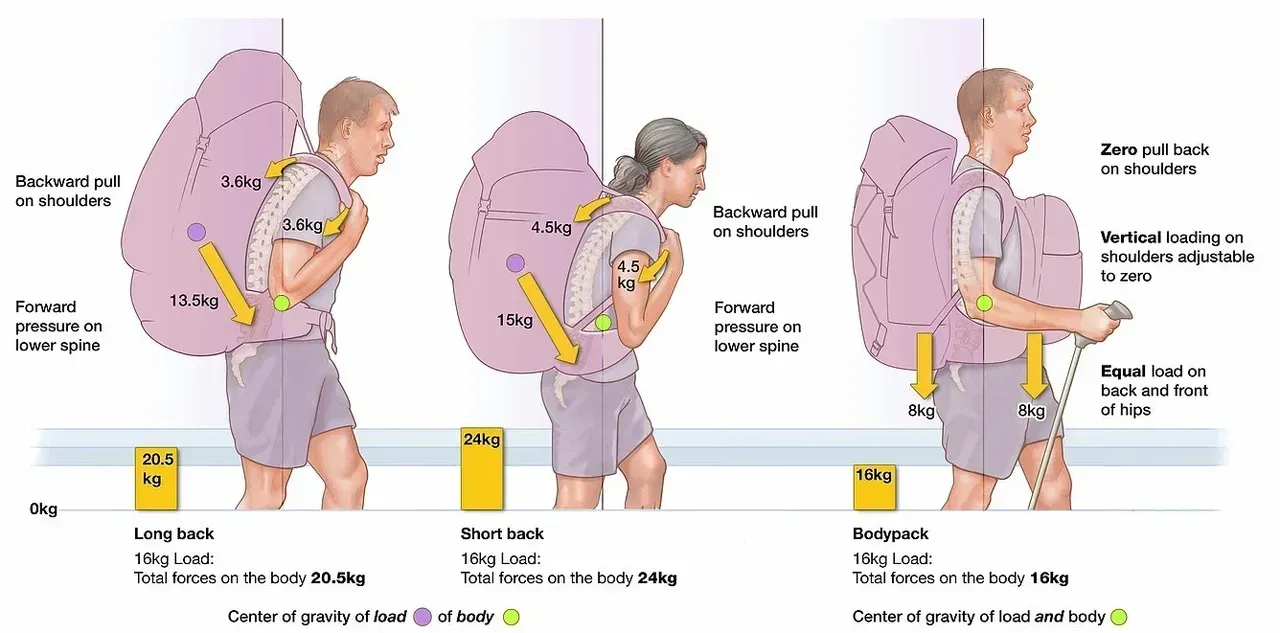
Correct Fit
The first and most important step to wearing a mountaineering backpack correctly is ensuring that it fits properly. A properly fitting backpack should sit comfortably on the hips, with the shoulder straps supporting the weight of the pack. The shoulder straps should not dig into the neck or shoulder, and the hip belt should be snug enough to transfer weight from the shoulders to the hips.
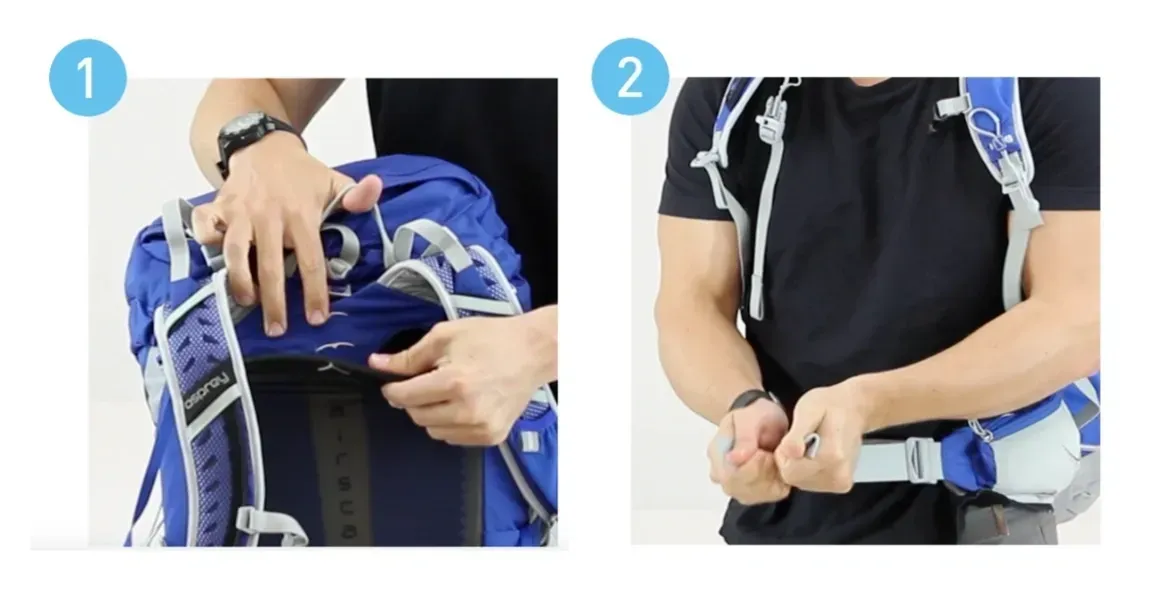
The Osprey pack displayed here has an adjustable torso length feature, which enables you to modify the placement of the harness by sliding it up or down to match your back length precisely. The result should be a snug fit with no gap between your back and the pack. If there is a gap, adjust the back length to eliminate it.
When you have put the pack on your back comfortably, the first step in the adjustment process is to secure the hip belt strap. This is a crucial step, as the hip belt strap helps distribute the weight evenly across your legs and lower back, instead of putting strain on weaker areas like your shoulders and arms. For optimal comfort, aim to position the hip belt over the upper half of your pelvic bone.
After that, you need to tighten the harness straps by pulling them downwards, making sure the webbing on the harness is snug, similar to the way you would tighten the laces on your shoes. The harness should be tight enough to provide support without compromising your breathing or feeling too tight around your collarbone.
Finally, adjust the Load Lifters, which are the straps connecting the upper part of the main pack to the shoulder straps. You should pull them forward to ensure that the pack runs vertically along your back, creating a close center of gravity and allowing weight to transfer directly to the ground. The best angle for the Load Lifters is approximately 45 degrees, which will keep the pack aligned with your back.
Finally, securing the chest strap (also known as the sternum strap) will bring the harness closer to your chest and away from areas that have many blood vessels and nerves. It is important to ensure that the harness is not too tight, as this can restrict breathing, but if the sternum strap is too loose, you may experience tingling or numbness in your fingers.
Load Distribution
It is crucial to ensure that the weight of the backpack is distributed evenly across the back. This can be achieved by properly packing the backpack and adjusting the straps. The heaviest items should be placed closest to the back, with lighter items placed at the top and bottom. The shoulder straps should be tightened enough to prevent the backpack from bouncing around, but not so tight that they restrict movement.
Proper Adjustment
The shoulder straps and hip belt of a mountaineering backpack can be adjusted to fit individual needs. The shoulder straps should be adjusted so that they sit comfortably on the shoulders and transfer weight from the back to the hips. The hip belt should be adjusted so that it sits snugly on the hips and transfers weight from the shoulders to the hips.
Wearing a mountaineering backpack correctly is essential to avoid stress and strain on the spine and other joints. A proper fitting backpack, with weight distributed evenly, will reduce the risk of injury and discomfort. By ensuring that the backpack fits correctly, adjusting the straps and hip belt, and properly packing the backpack, mountaineers can enjoy a safe and comfortable experience in the great outdoors.
In addition to wearing a mountaineering backpack correctly, it's also important for mountaineers to take steps to maintain their physical health and well-being. One important aspect of this is visiting a chiropractor.

Chiropractors are healthcare professionals who specialize in the treatment of musculoskeletal conditions and injuries, particularly those affecting the spine and nervous system. They can help mountaineers address and prevent a range of issues, including:
Lower back pain: Carrying a heavy backpack for extended periods of time can put a lot of stress on the lower back, leading to pain and discomfort. A chiropractor can help alleviate this pain and prevent future injury.
Joint pain: Mountaineers are often subjected to repetitive stress and strain on the joints, which can lead to pain and inflammation. Chiropractors can provide treatment and advice to help manage this pain and prevent further injury.
Posture: Poor posture while carrying a backpack can lead to a range of musculoskeletal problems. Chiropractors can help mountaineers improve their posture and reduce their risk of injury.
Injuries: If a mountaineer experiences an injury while climbing, a chiropractor can provide effective treatment and advice to help manage the injury and prevent further complications.
In conclusion, visiting a chiropractor should be an important part of a mountaineer's physical wellness routine. Regular check-ups and treatments can help prevent injury, manage pain, and improve overall health and well-being, allowing mountaineers to continue their adventurous pursuits safely and comfortably.
Dr Vivienne Brimelow
Chiropractor, Neuromuscular and Occupational Rehabilitation Specialist

